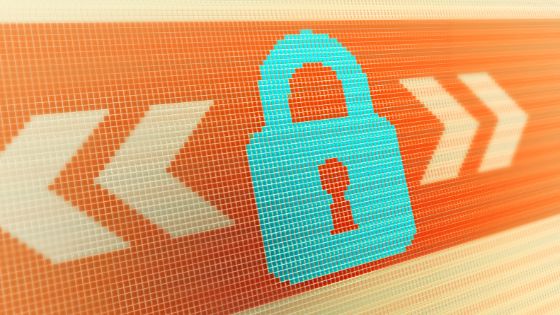Many organizations have allowed employees to work from home or so-called remote working. It requires some thought to assure compliance with ISO 9001:2015 of Quality Management System (QMS). Organizations must ensure the proper communication, meeting, and infrastructure is set up for their employees. The company has to ensure the capacity of functioning and protection of the organization.
ISO 9001 has various requirements that need to be met regarding infrastructure, working conditions, and communication that will help the organization to allow remote working and business continuity. The Aegis.qa shares relevant ISO 9001 clauses for remote workers:
- Clause 7.1.3 – Infrastructure
- Clause 7.1.4 – Working environment
- Clause 7.4 – Communication
Clause 7.1.3 Infrastructure:
Infrastructure is considered key for remote working, and it concerns equipment, physical building, and Information Technology needed to provide services and products.


When employees work together in one building, it is easier to manage the affairs of the company. Still, when an organization has to deal with remote working, you have to think about its impact on infrastructure by employees working from home.
The most important thing to consider for remote employees is the risks and issues related to information technology (IT) infrastructure and cyber security.
An Information Security Management System is necessary. Your employees need to have the required hardware to do their jobs. Employees need a secure internet connection, computers, and the right software to do their work. It must include teleconferencing software, a virtual private network, and cloud services adequate to allow information sharing.
Clause 7.1.4 Working Environment:
The home working environment also needs to be considered. As per ISO 9001 requirements, a suitable environment combines human and physical factors, including social and psychological aspects of work.
When employees work in the building, you can set up a safe and productive environment for them to work such as proper airflow, hygiene, and temperature. But for remote working, you must educate employees to have an ergonomically safe workplace. Allowing employees to interact with other co-workers even in remote working is to be considered.
You will have to assist employees and support stress reduction, emotional protection, and burnout prevention when working in isolation.
Solutions for working in seclusion are necessary. Some workers may need help as they might take a long time from home. It would be best if you supported the mental well-being of employees. It is a key priority for business continuity.
Clause 7.4 Communication:
Communication is the biggest consideration for remote working, and organizations must ensure that proper communication channels are established for employees so that they can work productively simultaneously and be in touch with co-workers and management.
Remote working is a new reality so install software for remote communication.
Develop tutorials and train employees to use the new methods of communication and new infrastructure.
New communication channels are critical for success for employees and an organization that has remote working. The organization must be able to instruct workers about their tasks clearly.
Organizations must establish routine alignment calls and ensure a proper flow of communication. Any uncertainty regards to working from home must be removed.
Communication needs to include:
- Manager-to-worker communication
- Worker-to-worker communication
- Senior manager to company communication
- To get in touch with customers and suppliers as needed for the effective working of the company.
Importance of Compliance with ISO 9001 Standards for Remote Working:
Compliance with ISO 9001 standards for remote working is important. Understanding it during organizational changes that allow employees to remote work is critical. It helps an organization utilize all means possible and conforms to continuity of business operations.
ISO 9001 does not add any overhead cost or any complications. Rather ISO 9001 requirements for remote operations help organizations manage it effectively to benefit the company.
ISO 9001 standards help out the company to address various issues. Shift to the remote working needs to be carefully addressed, and ISO Standards help to conform and comply with best practices.
























